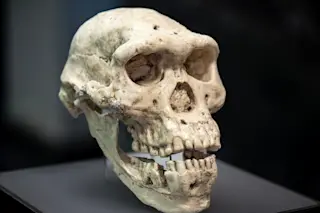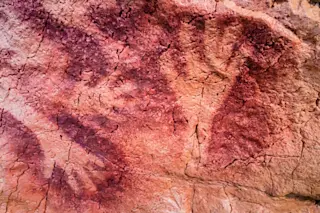The Rarest of the Rare: Stories Behind the Treasures at the Harvard Museum of Natural History Text by Nancy Pick, photographs by Mark Sloan (HarperCollins, $22.95)
In his autobiography Speak, Memory, the writer and lepidopterist Vladimir Nabokov described a beautiful gynandromorph butterfly—male on one side, female on the other—that he had caught as a youth on his family’s Russian estate. Sadly, the butterfly was crushed when his stout Swiss governess sat upon his tray of specimens, leaving only a “headless thorax on its bent pin.” The image of an intact gynandromorph at left—the more brilliant blue left side is the male half—is included in the magnificently strange book Rarest of the Rare, a sampling of curious artifacts from the Harvard Museum of Natural History. Among the rich finds: a fossil sand dollar that Charles Darwin picked up in Patagonia in 1834, during his voyage on the Beagle; an exquisite coiled ...














